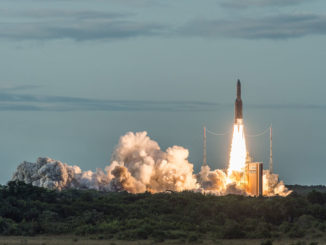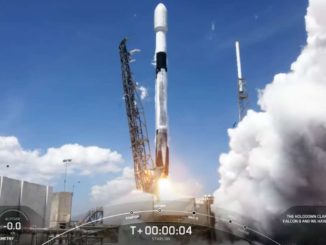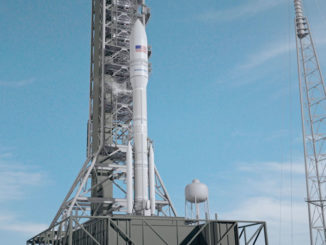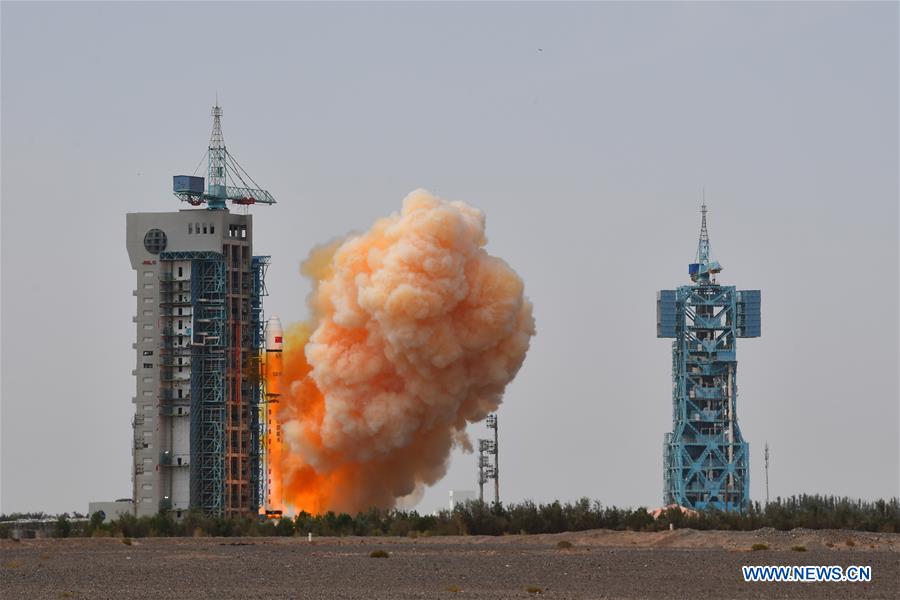
China sent an Earth observation satellite and a university-built research payload into orbit Thursday aboard a Long March 2D rocket.
The Long March 2D booster launched from the Jiuquan space base in northwestern China at 12:01 a.m. EDT (0401 GMT; 12:01 p.m. Beijing time) Thursday, according to China’s state-run Xinhua news agency.
The two-stage rocket delivered its payloads into a polar orbit around 300 miles (500 kilometers) in altitude, with an inclination of 97.5 degrees to the equator, according to U.S. military tracking data.
Chinese officials announced the launch as a success. It was China’s 22nd orbital launch attempt of 2020, including three missions that failed to place their payloads into orbit.
The primary payload on Thursday’s launch was the Gaofen 9-04 Earth observation satellite, Chinese officials said.
According to Chinese state media, the Gaofen 9-04 satellite “will be mainly used for land surveys, city planning, land right confirmation, road network design, crop yield estimation and disaster prevention and mitigation.”
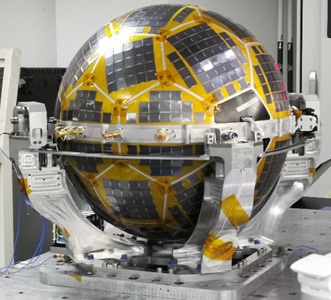
The Gaofen 9-04 spacecraft is the fourth satellite to launch in China’s Gaofen 9-series, following missions launched in 2015 and on May 31 and June 17 of this year. It is not clear whether the Gaofen 9 satellites are identical or only share a name, but Chinese state media reports associated with each launch indicated the payloads all carried optical Earth-imaging cameras with a resolution of better than 3.3 feet, or 1 meter.
China says the Gaofen series of satellites are managed by civilian officials. The Gaofen fleet includes satellites with optical, infrared and radar imaging observatories.
A small spherical satellite developed at Tsinghua University in Beijing accompanied the Gaofen 9-04 satellite. Scientists will use the satellite to collect data on atmospheric density and the gravity field in low Earth orbit
Email the author.
Follow Stephen Clark on Twitter: @StephenClark1.

